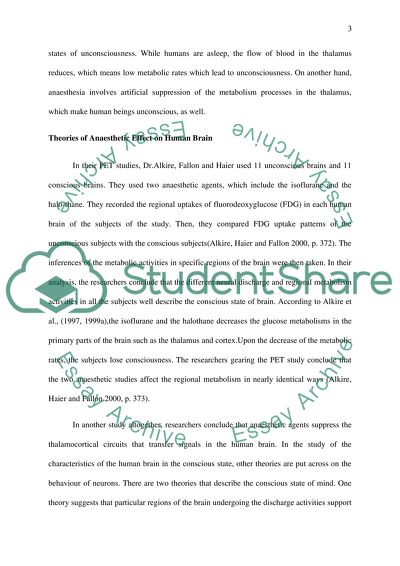Cite this document
(“How do general anaesthetics cause loss of consciousness Essay”, n.d.)
Retrieved from https://studentshare.org/health-sciences-medicine/1646065-how-do-general-anaesthetics-cause-loss-of-consciousness
Retrieved from https://studentshare.org/health-sciences-medicine/1646065-how-do-general-anaesthetics-cause-loss-of-consciousness
(How Do General Anaesthetics Cause Loss of Consciousness Essay)
https://studentshare.org/health-sciences-medicine/1646065-how-do-general-anaesthetics-cause-loss-of-consciousness.
https://studentshare.org/health-sciences-medicine/1646065-how-do-general-anaesthetics-cause-loss-of-consciousness.
“How Do General Anaesthetics Cause Loss of Consciousness Essay”, n.d. https://studentshare.org/health-sciences-medicine/1646065-how-do-general-anaesthetics-cause-loss-of-consciousness.


